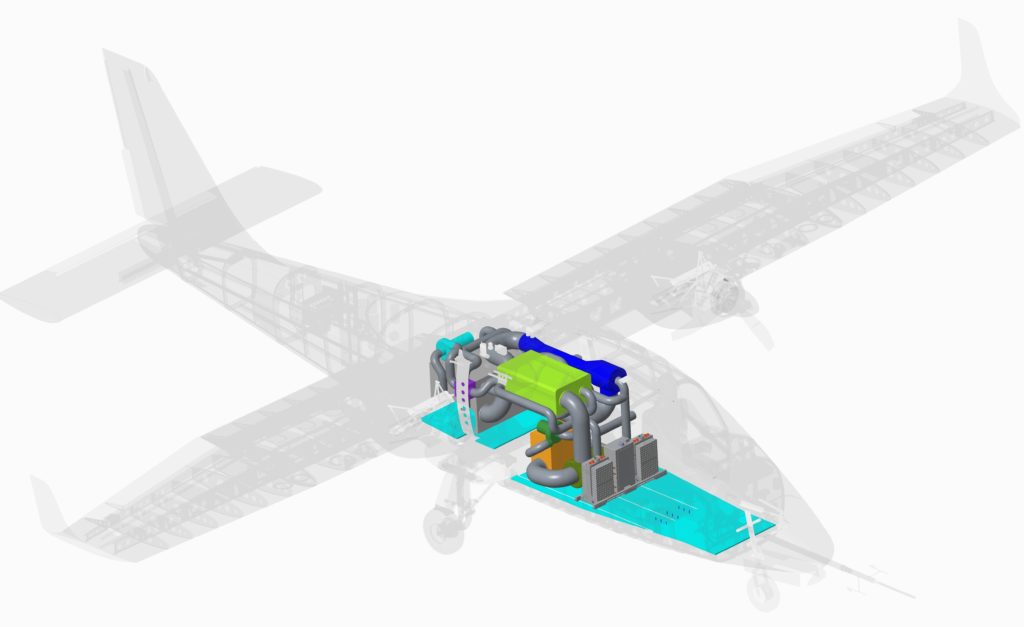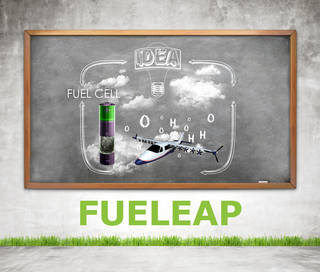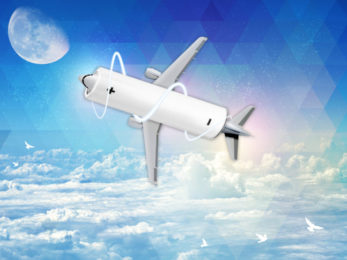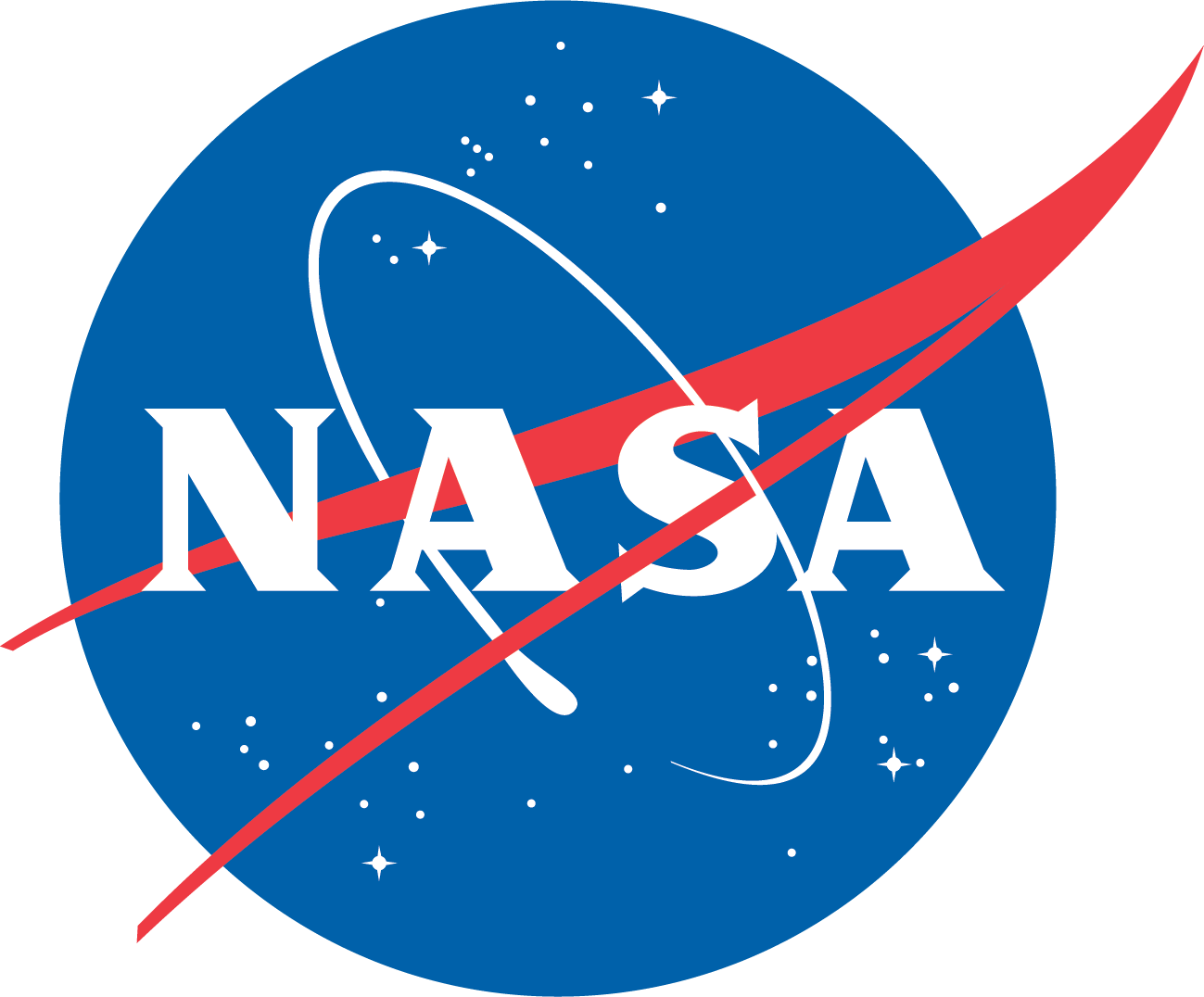Fostering Ultra Efficient, Low-Emitting Aviation Power (FUELEAP)

Activity Summary
Status: Archive
NASA has supported the development of fuel cell electric power systems for decades, a history dating back to Project Gemini in the 1960s. Continuing the legacy, NASA Langley’s ASAB branch recently led research to power future electric aircraft using a hybrid-electric fuel cell power system under the Fostering Ultra Efficient, Low-Emitting Aviation Power (FUELEAP) activity.
Rather than relying solely on traditional jet fuels, electric fuel cells combine hydrogen and oxygen through a catalyst to generate electricity. Typically, hydrogen fuel is stored as a cryogenic liquid or high-pressure gas. However, the complex, heavy, and expensive storage tanks and plumbing required to store the fuel are not practical for smaller airplanes.
The FUELEAP activity investigated a hybrid-electric, fuel cell power system that could create enough power for airborne electric propulsion yet be lightweight and efficient enough for use in small aircraft. The technology gathers hydrogen for the fuel cell by “reforming” traditional hydrocarbon fuels (diesel, gasoline, etc.) that could be stored on the aircraft without specialized storage systems or additional fueling infrastructure on the ground.
FUELEAP combined the technical advancements in Solid Oxide Fuel Cells (SOFC), high-yield fuel reformers, and hybrid-electric aircraft architectures to develop an integrated power system. The system was estimated to produce electricity from hydrocarbon fuels at twice the efficiency efficiently as typical airplane engines in a similar power class. The power system’s feasibility was studied using the X-57 “Maxwell” Mod II aircraft as a baseline.

A FUELEAP power system would generate energy more efficiently than the fuel burned in a standard piston engine, consequently saving fuel and reducing emissions. In addition, since the power system uses the same types of fuels as used in today’s aircraft and automobiles, it would require little to no additional fueling infrastructure. Meaning, this new technology could be adopted immediately by existing airports and would not require any expensive new facilities or equipment.

